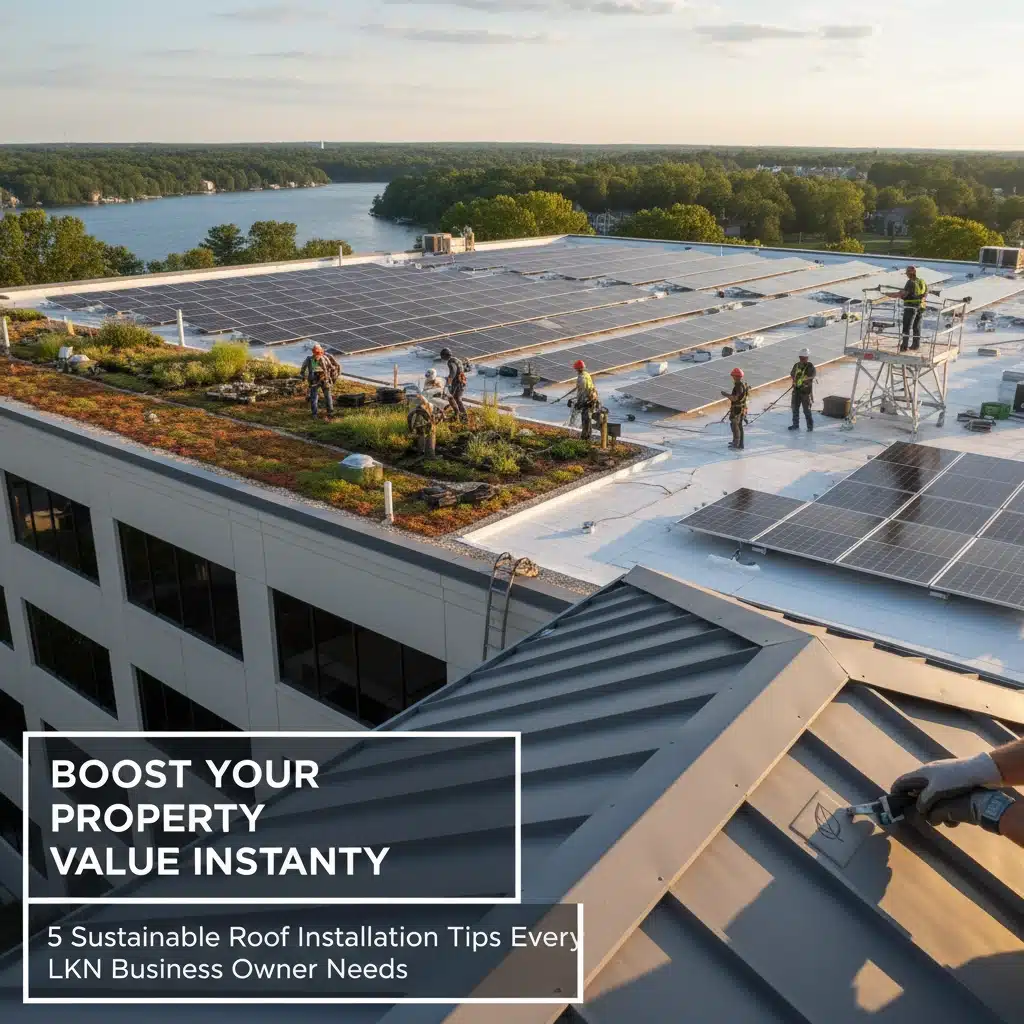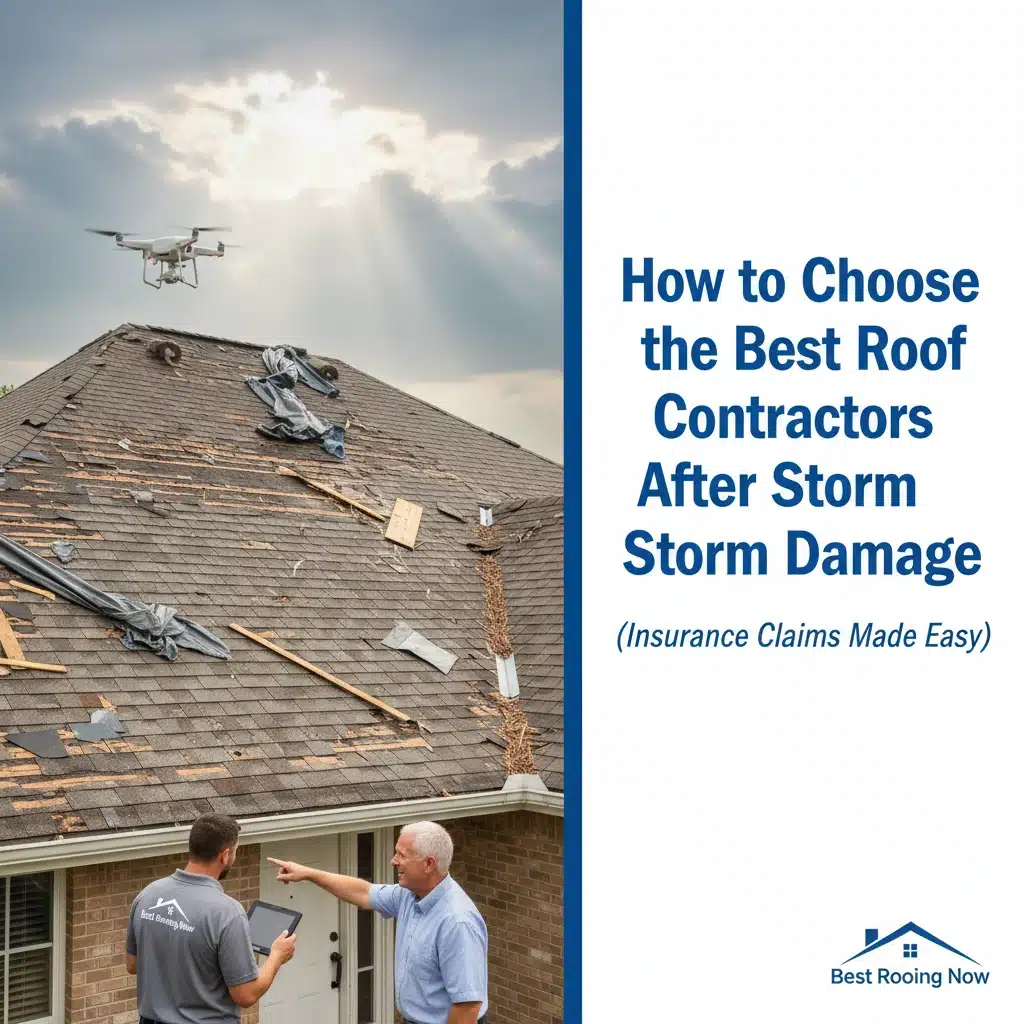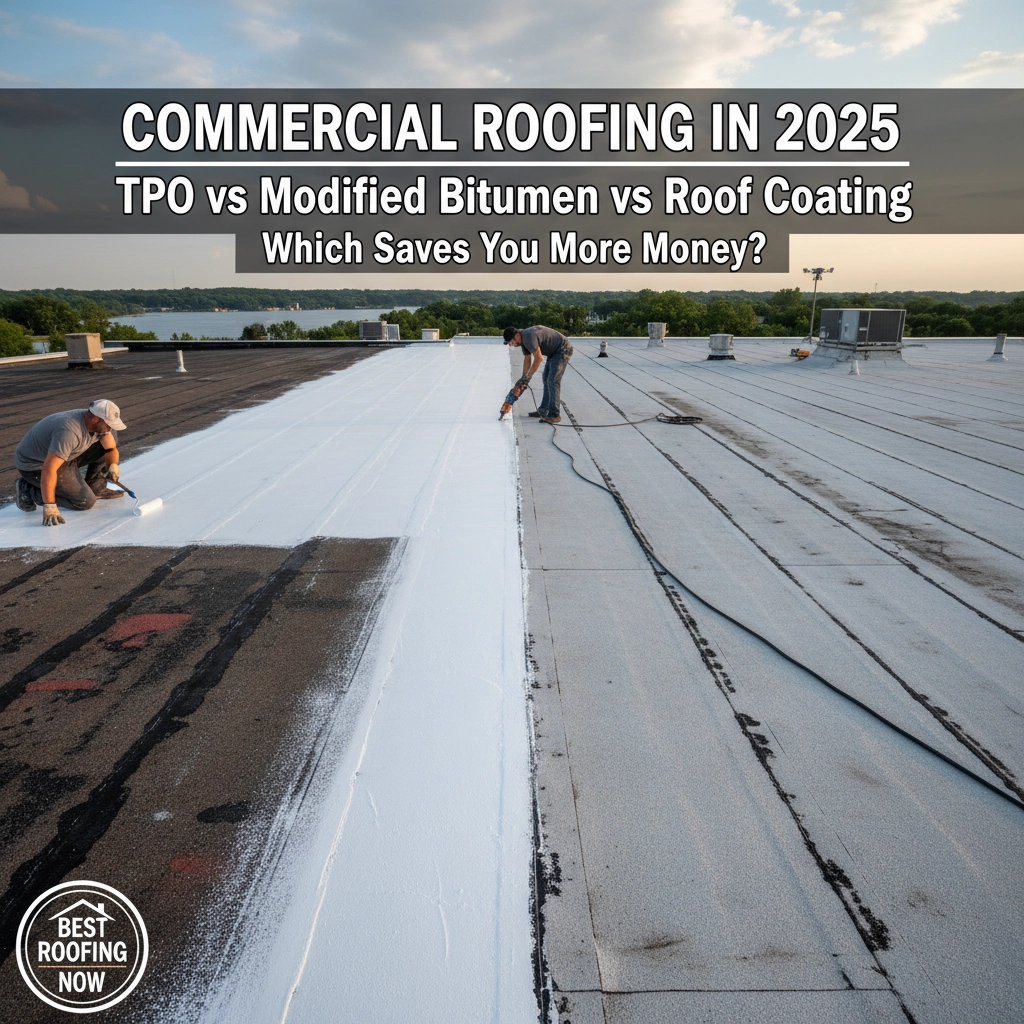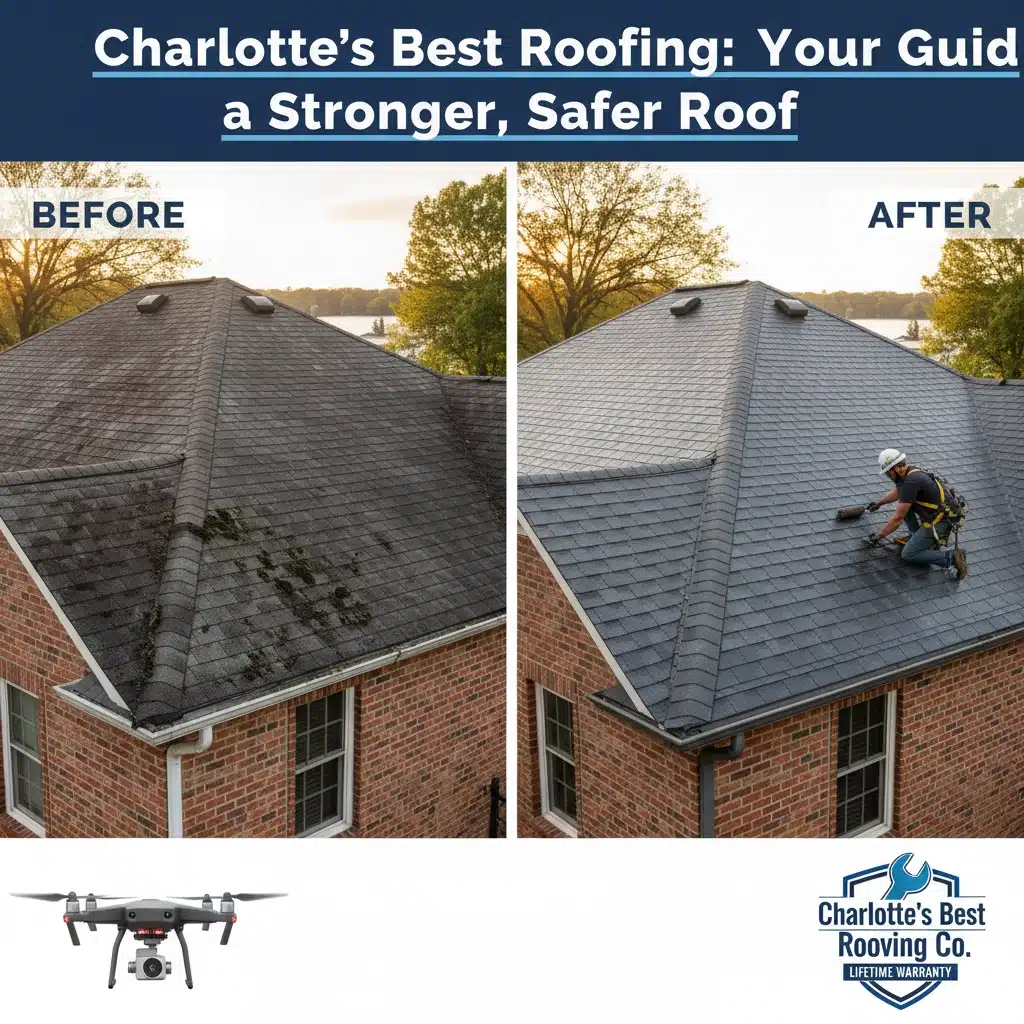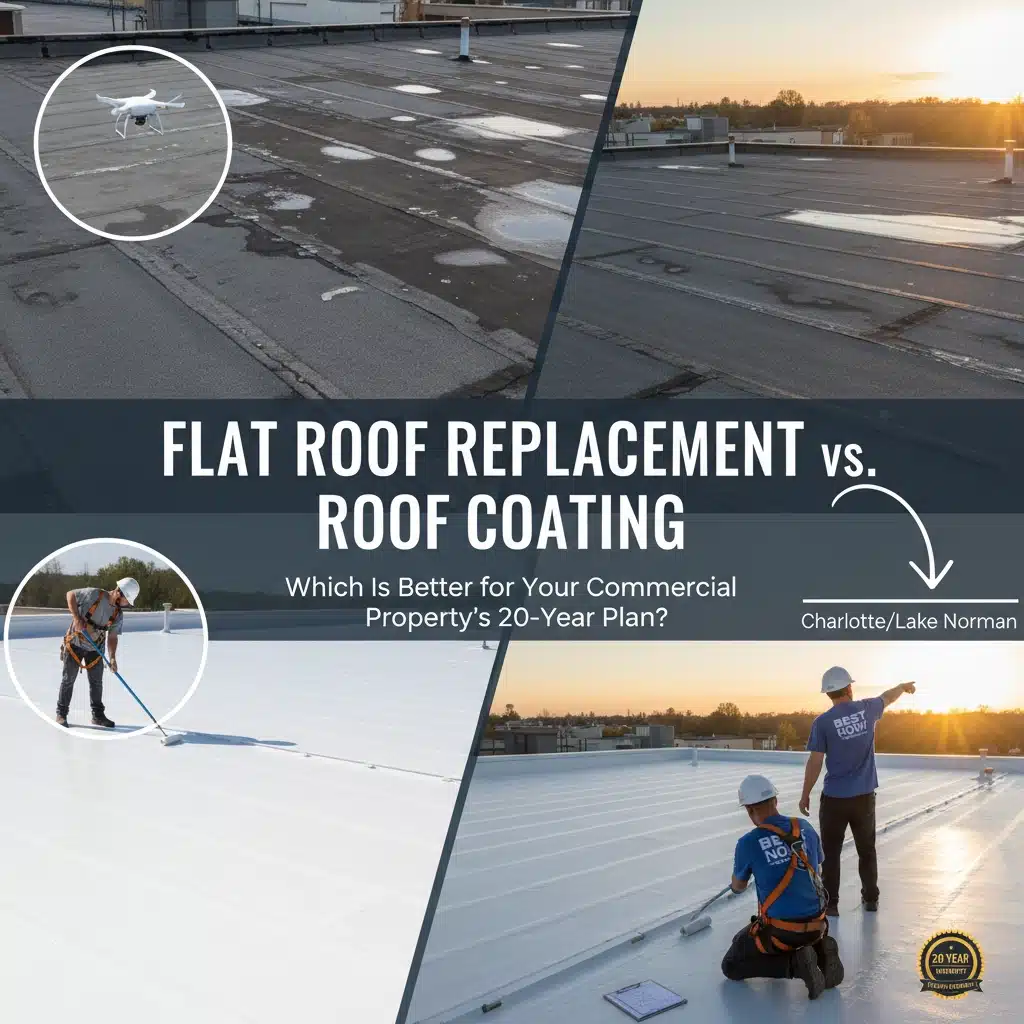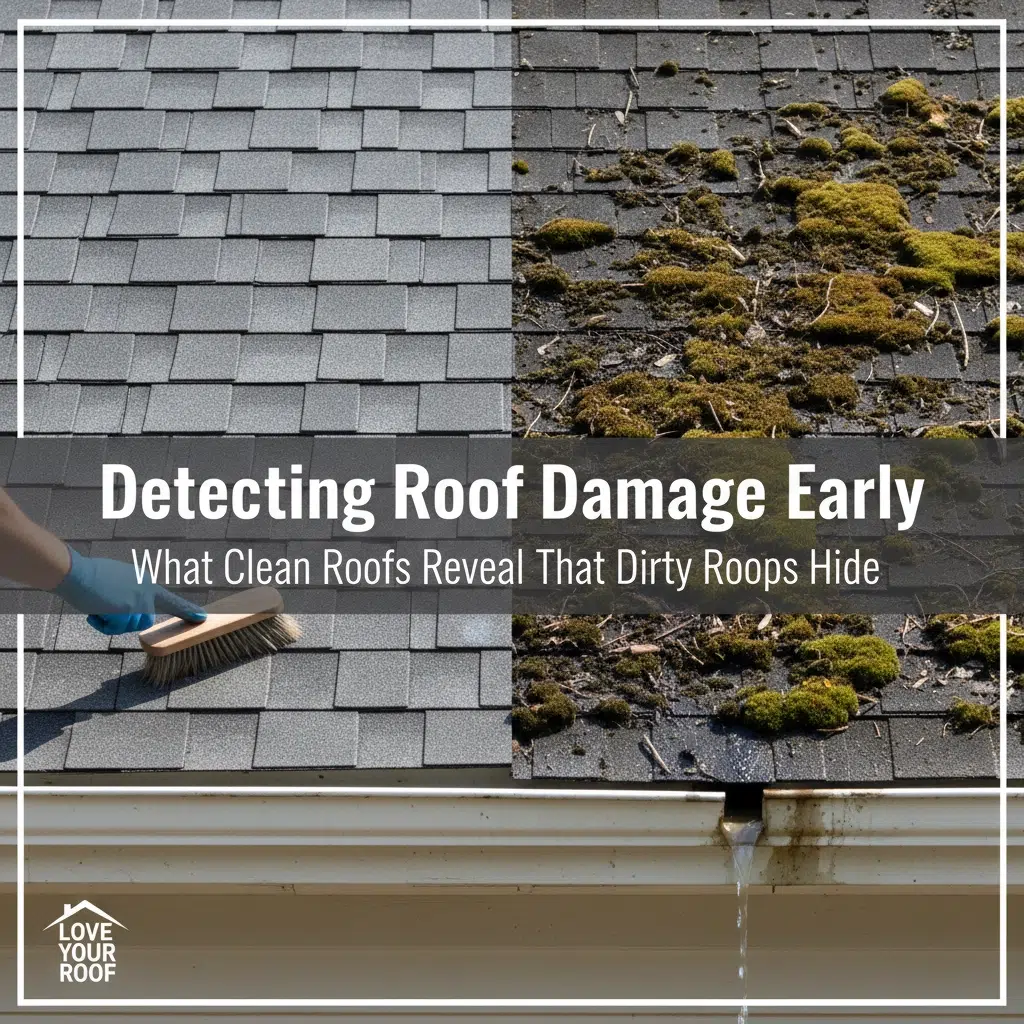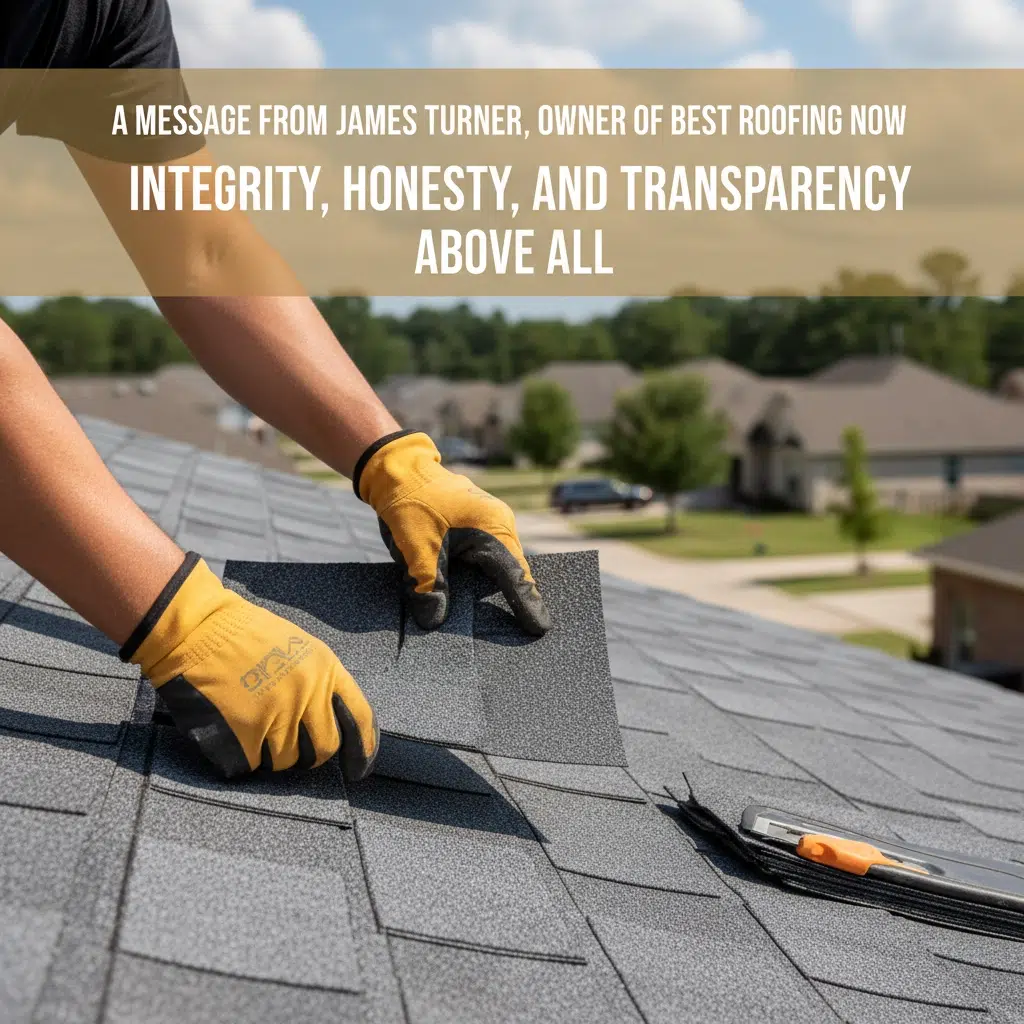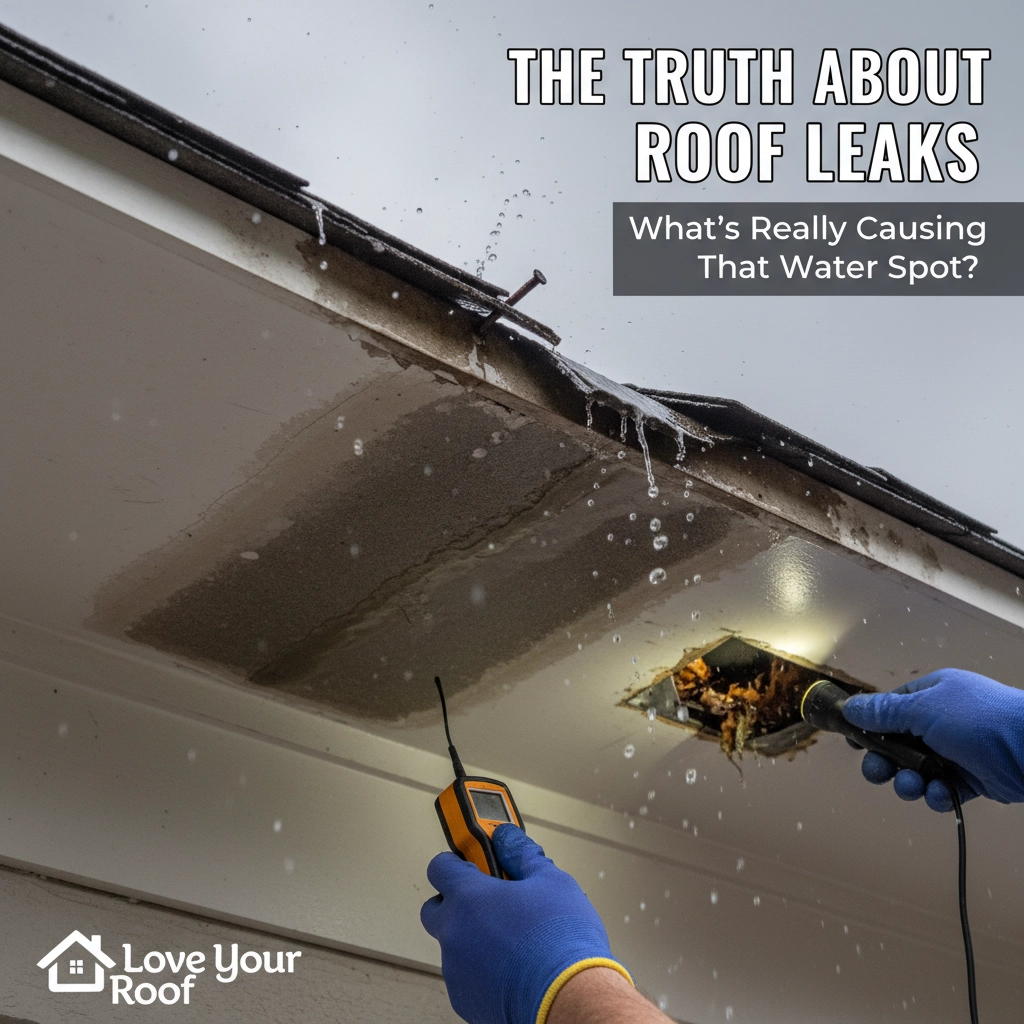Restore or Replace my Charlotte roof?
Should I Restore or Replace My Charlotte Roof? A Simple Guide for Homeowners Your roof is one of the most important parts of your home. It keeps your family safe, warm, and dry. But when it starts to age or show damage, many homeowners ask the same big question: “Should I restore or replace my Charlotte roof?” This question can feel confusing, stressful, and expensive. But it doesn’t have to be. This guide explains everything in easy, clear language. By the end, you’ll feel confident knowing whether it’s time to restore your roof, replace it, or get a professional inspection to help you decide. Why This Question Matters When people ask, “Should I restore or replace my Charlotte roof?”, they usually want three things: To protect their home To make a smart money choice To avoid surprise headaches later Your roof is a big investment, so choosing the right option is important. In the Charlotte area, our weather makes this choice even more important. Heat, storms, humidity, and wind all take a toll. That’s why taking the time to learn about both options can save you money now and protect your home for many years. Continue reading to answer the question. “Should I restore or replace my Charlotte roof?” What Does It Mean to Restore a Roof? Before we talk about whether you should restore or replace my Charlotte roof, let’s explain what restoration includes. A roof restoration is like giving your roof a full makeover. It works best when the roof still has a strong structure but needs surface-level repairs and upgrades. A roof restoration may include: Cleaning the roof Repairing small leaks Replacing damaged shingles Fixing flashing Adding protective coatings Improving ventilation Think of it like repairing and refreshing a good roof instead of starting over. Restoration is helpful when the roof is still healthy on the inside, but the outside is worn, faded, or aging. What Does It Mean to Replace a Roof? A roof replacement is a full reset. Everything on top of the wood deck is removed and replaced with new materials. A roof replacement includes: Taking off all old shingles Inspecting the wood deck Repairing damaged board s Installing new underlayment Adding new flashing, drip edge, and vents Installing brand-new shingles (or metal, tile, etc.) Homeowners ask, “Should I restore or replace my Charlotte roof?” when their system is old, leaking, or has storm damage. Replacement gives you a new start and strong protection for many years. When Restoration Makes the Most Sense Here are the most common times when homeowners ask whether they should restore or replace my Charlotte roof using a restoration instead of a replacement. 1. Your roof is in the middle of its lifespan If your roof is around 10–15 years old and has been taken care of, restoration can add 5–10 extra years of life. This helps you save money while still protecting your home. 2. You have surface problems, not deep damage Restoration works well when you have: Small leaks Missing shingles Minor granule loss Wear and tear from storms But your roof deck (the wood below the shingles) is still strong. 3. You want a cheaper short-term option Sometimes families need time to save for a replacement. Restoration gives you protection now while you prepare for a bigger project later. 4. You care about sustainability Restoring your roof instead of replacing it keeps old materials out of landfills. Coatings can also keep your home cooler. 5. Your roof is commercial or flat Flat roofs often do great with coatings. These coatings can extend the life of a commercial roof by 10–20 years. In these situations, restoration may be the right answer when people ask, “Should I restore or replace my Charlotte roof?” When Replacement Is the Better Choice Sometimes restoration just is not enough. A full replacement is often the safest and smartest choice to protect your home. Here are the top reasons homeowners choose replacement when wondering, “Should I restore or replace my Charlotte roof?” 1. Your roof is 20–25+ years old Most roofs in Charlotte reach the end of their life around 20–25 years. If your roof is this old, restoration won’t help much. 2. You have major storm damage Charlotte storms bring wind, hail, and heavy rain. If more than 25–30% of your shingles are cracked, missing, or bruised, replacement is usually the only safe option. 3. There are leaks and rot under the shingles If the wood deck is soft, moldy, or rotten, restoration won’t fix the real problem. 4. You want better energy savings New roofing materials can lower your energy bills. A full replacement gives your home better insulation and ventilation. 5. You plan to sell your home A new roof increases home value and makes your house more attractive to buyers. Most buyers prefer a brand-new roof with a warranty. 6. You want the strongest warranties Full replacements give you access to lifetime manufacturer warranties, which restorations usually don’t include. In these cases, replacement is the clear answer to “Should I restore or replace my Charlotte roof?” How Charlotte Weather Affects Your Decision Charlotte’s climate is unique, and it matters when deciding whether to restore or replace my Charlotte roof. Heat & Sun Our hot summers break down shingles faster, especially if your roof has poor ventilation. Humidity Moisture sneaks into small cracks and creates mold or rot. Storms Wind and hail are some of the biggest reasons homeowners ask, “Should I restore or replace my Charlotte roof?” because storms strike fast and cause sudden damage. Tree Coverage Many Charlotte neighborhoods have heavy tree shade, which can cause: Moss Algae Moisture buildup A professional inspection helps reveal problems hiding under leaves and branches. The True Costs: What Most Homeowners Don’t Know Money is one of the top reasons people ask, “Should I restore or replace my Charlotte roof?” Restoration costs less at first But it usually lasts 5–10 years. Replacement costs more at first But it can last 20–30+







